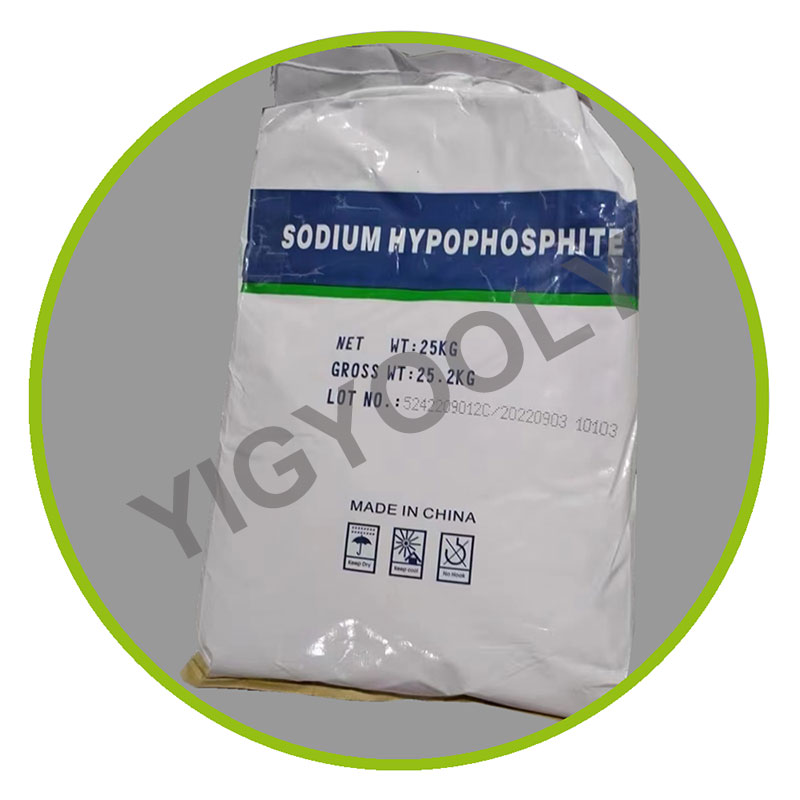
- English
- Español
- Português
- русский
- Français
- 日本語
- Deutsch
- tiếng Việt
- Italiano
- Nederlands
- ภาษาไทย
- Polski
- 한국어
- Svenska
- magyar
- Malay
- বাংলা ভাষার
- Dansk
- Suomi
- हिन्दी
- Pilipino
- Türkçe
- Gaeilge
- العربية
- Indonesia
- Norsk
- تمل
- český
- ελληνικά
- український
- Javanese
- فارسی
- தமிழ்
- తెలుగు
- नेपाली
- Burmese
- български
- ລາວ
- Latine
- Қазақша
- Euskal
- Azərbaycan
- Slovenský jazyk
- Македонски
- Lietuvos
- Eesti Keel
- Română
- Slovenski
- मराठी
- Srpski језик
What are the optimal storage conditions for sodium hypophosphite monohydrate?
2025-08-25
Due to its molecular structure, sodium hypophosphite monohydrate readily absorbs water molecules from the air, causing severe deliquesce. Once deliquesced, not only does its physical form change, forming a viscous solution or lumps, but it can also lead to a decrease in chemical purity and even decomposition, affecting subsequent performance. Therefore, for a highly hygroscopic substance like sodium hypophosphite monohydrate, rigorous and scientific storage procedures are crucial. The key lies in creating multiple barriers to minimize contact with moisture and air, maintaining its solid-state stability and performance.
Given the high deliquescent nature of sodium hypophosphite monohydrate, the primary and critical storage conditions are extreme dryness and a tightly sealed seal. The best option is to store the reagent in a dry, light-proof environment. Preferentially, it should be placed in a vacuum desiccator containing a strong desiccant (such as phosphorus pentoxide or activated molecular sieves; avoid using less hygroscopic silica gel) or in a glove box/drying cabinet filled with an inert gas (such as nitrogen or argon). The sealed container itself must be absolutely airtight. A thick, wide-mouthed glass jar with a frosted glass lid with a rubber seal or a Teflon-lined screw cap is preferred. Close the container tightly after each use. The container should be placed in a well-sealed plastic bag or placed in a desiccator. The relative humidity in the storage area should be kept as low as possible (well below 40%).
In addition, proper management and operating procedures are essential to maintaining the long-term quality of sodium hypophosphite monohydrate. Warehouses or storage areas should maintain a constant, low temperature (e.g., below room temperature, such as 10-20°C) to avoid the risk of condensation on the container walls caused by temperature fluctuations. A strict "first-in, first-out" principle should be implemented to minimize the number and duration of container openings. To reduce the risk of excess material being exposed due to frequent use, it is recommended that bulk purchases of sodium hypophosphite monohydrate be pre-packaged into multiple, sealed containers. Use only one small container at a time for daily use. Strictly adhering to these storage and operating procedures and building a comprehensive protection system from environmental control, container sealing to use and maintenance is the best strategy to effectively prevent sodium hypophosphite monohydrate from absorbing moisture and deliquescing and ensure its long-term stability and availability.




